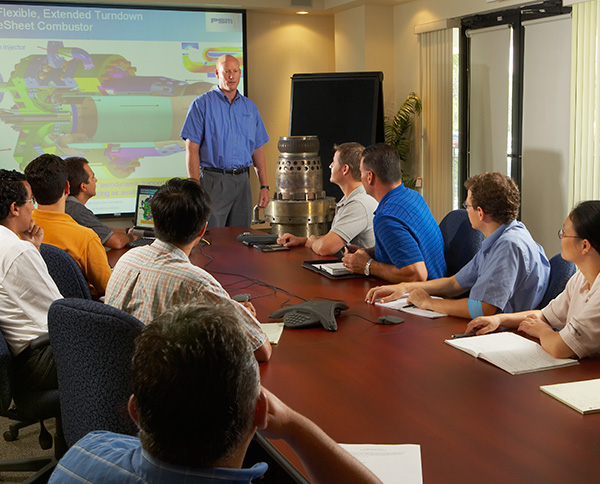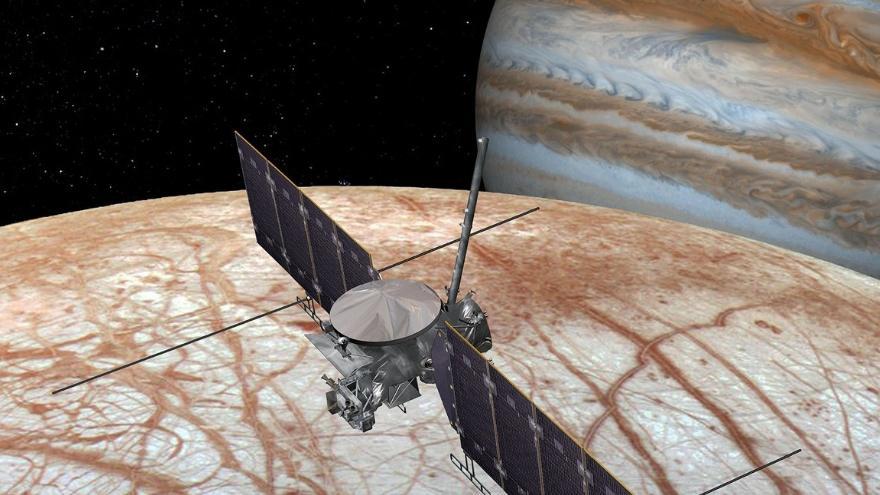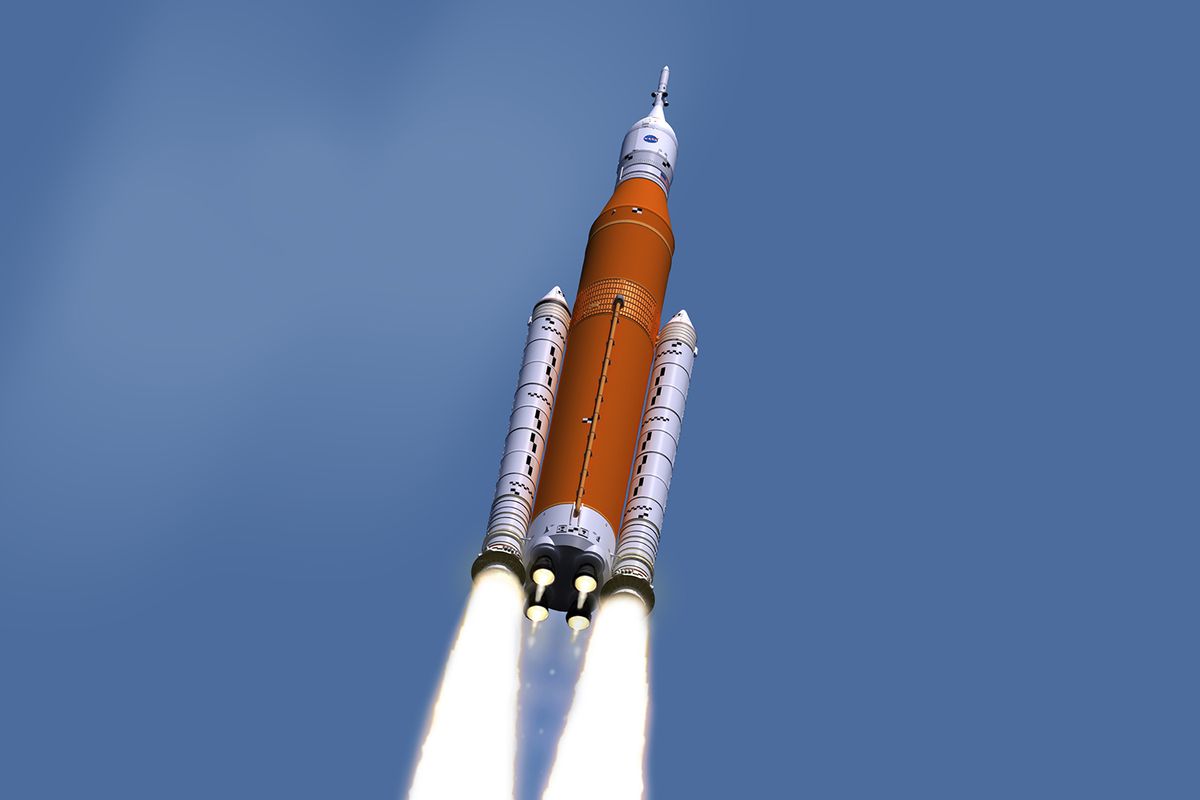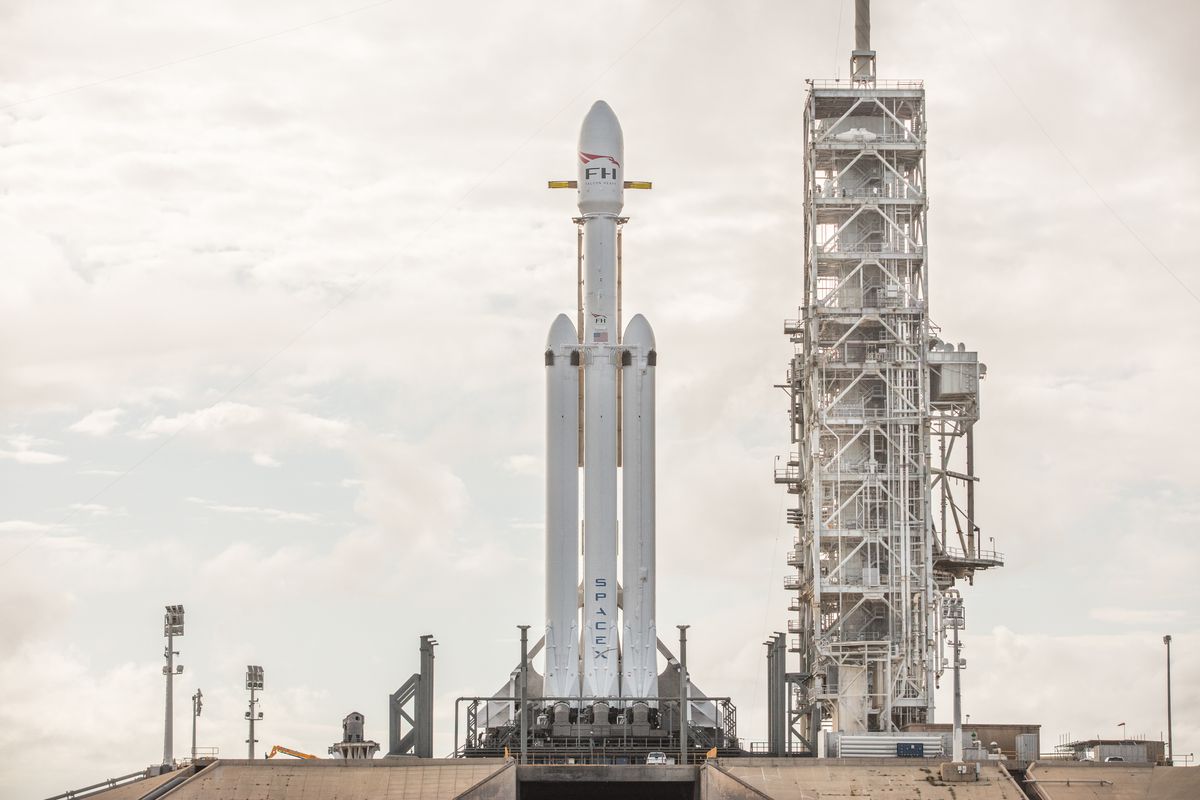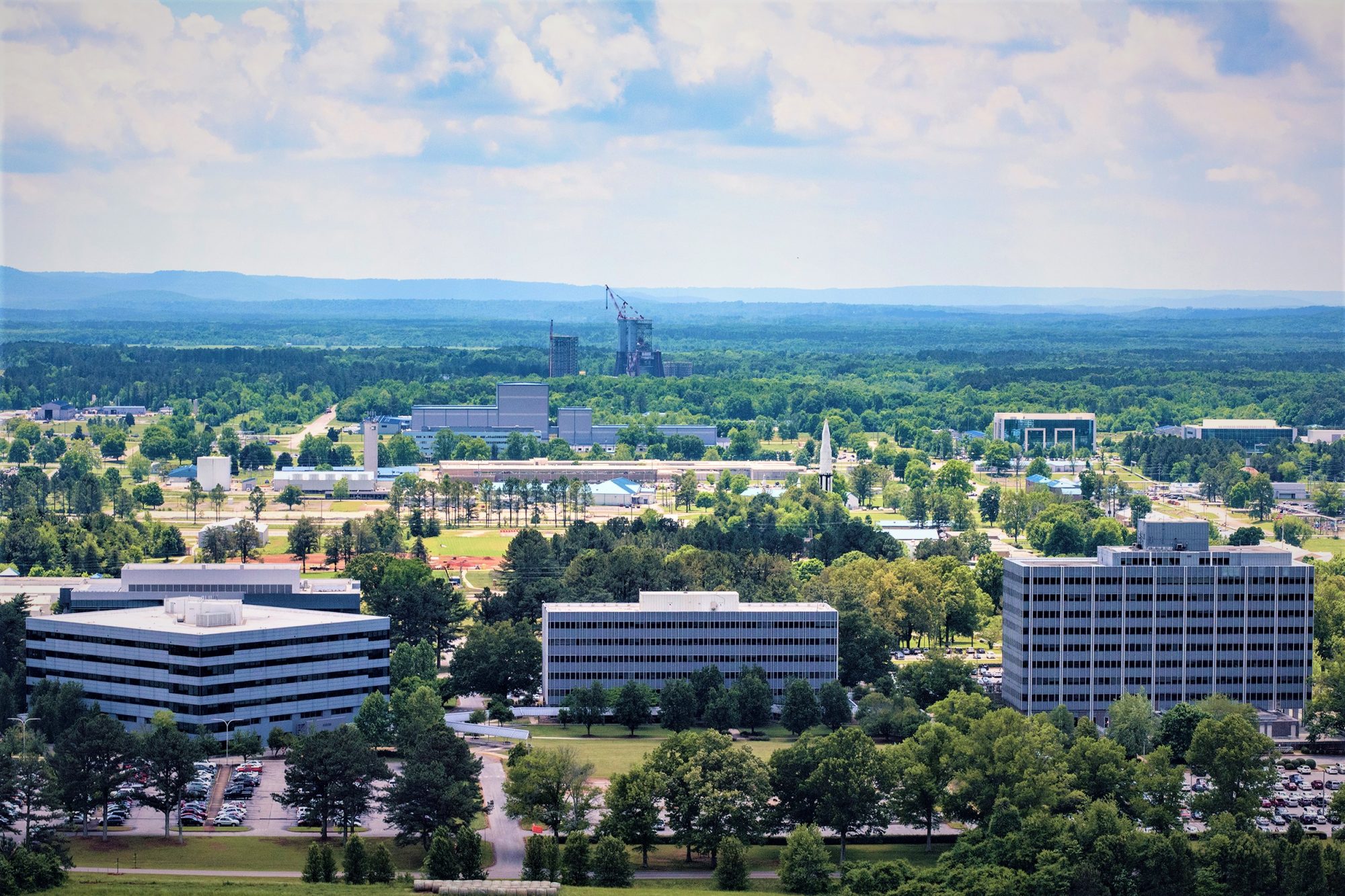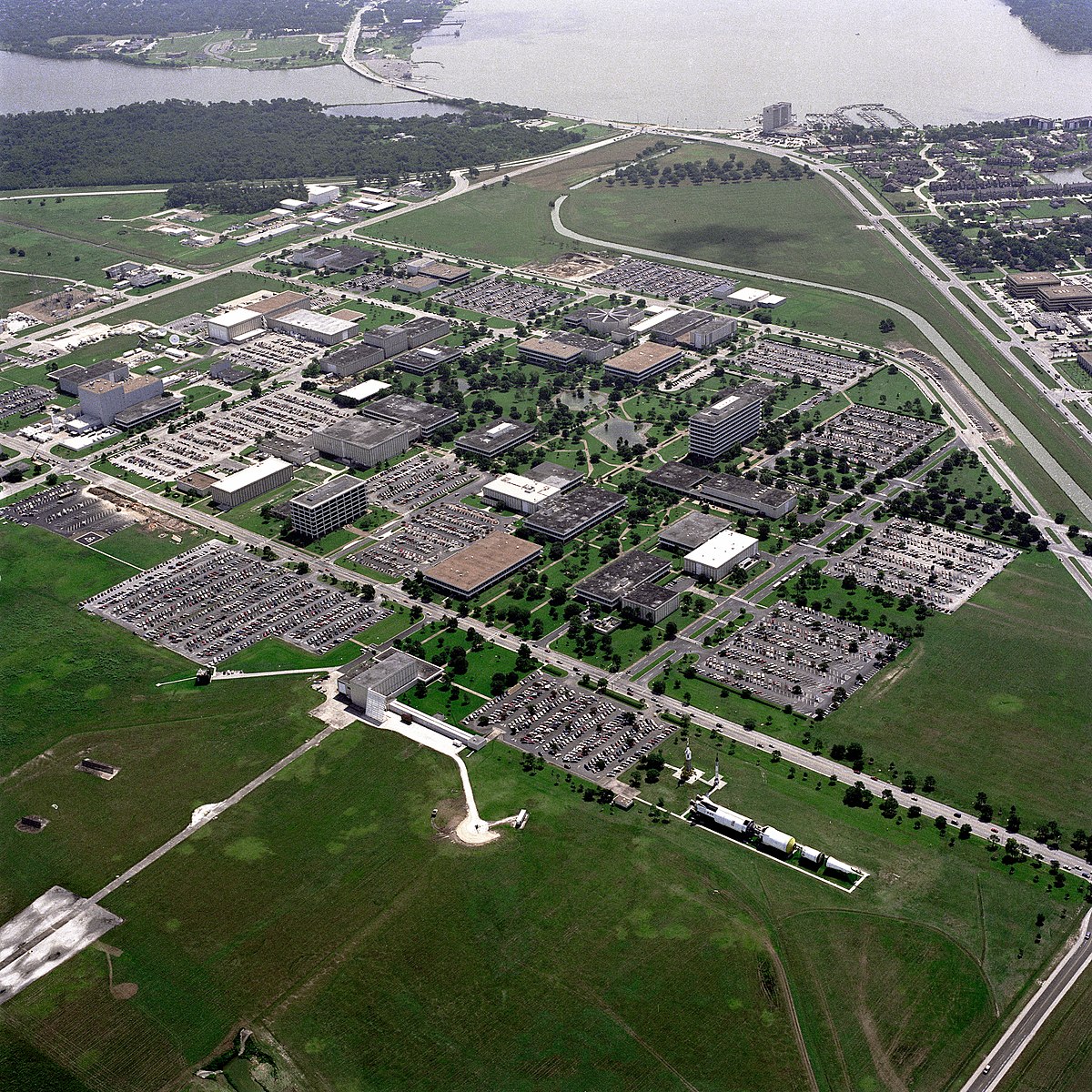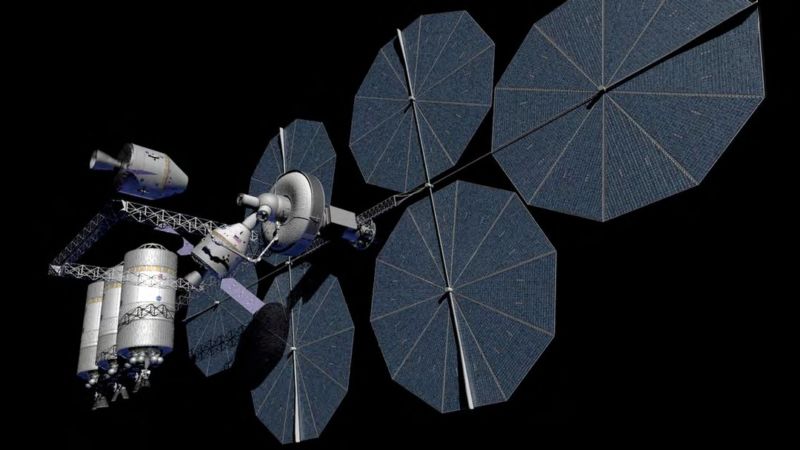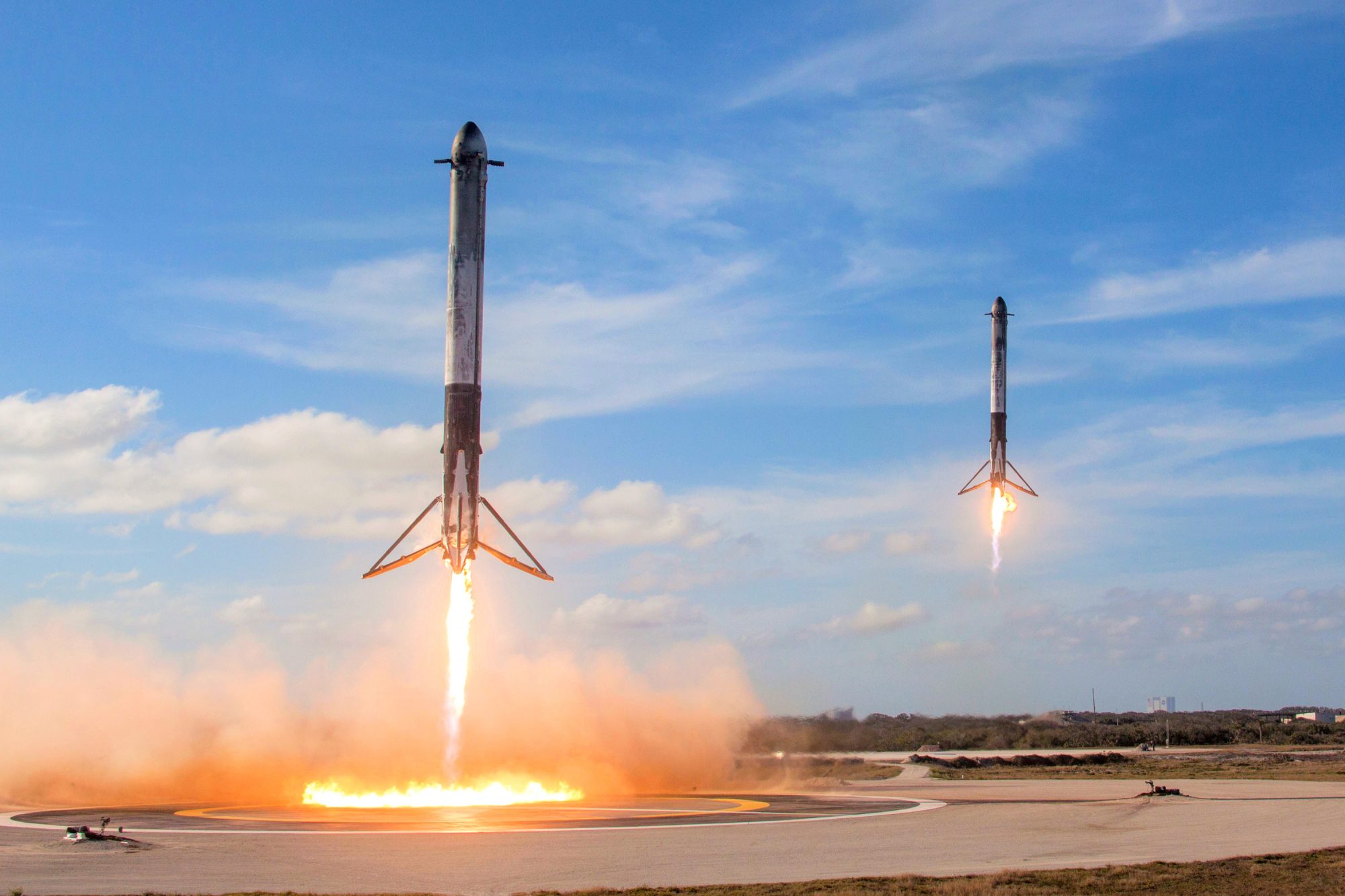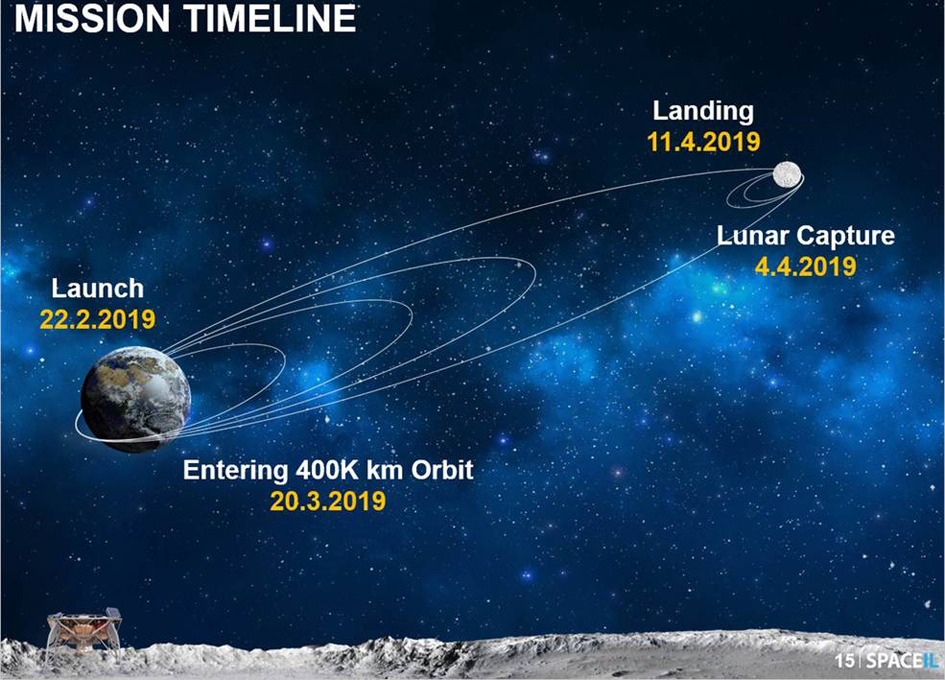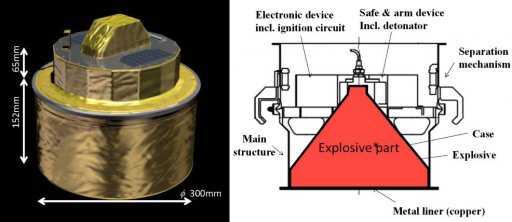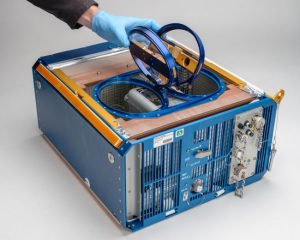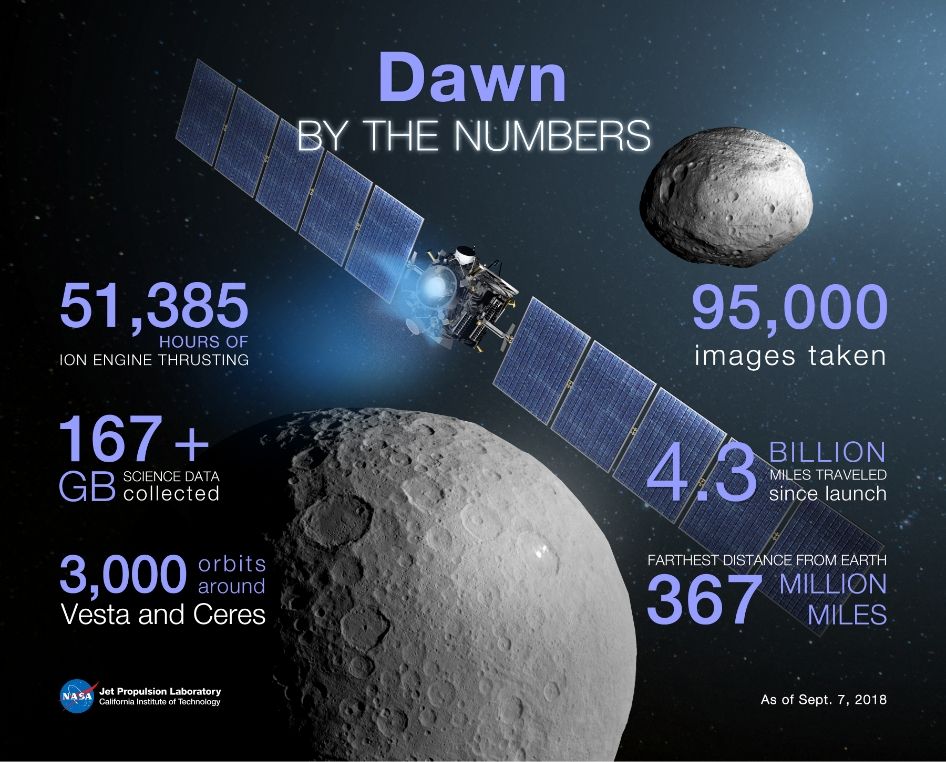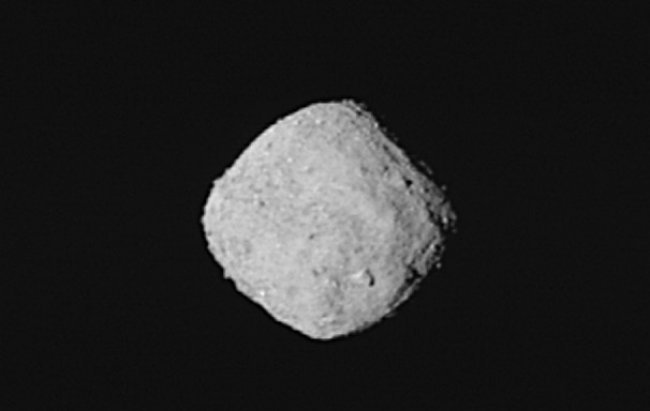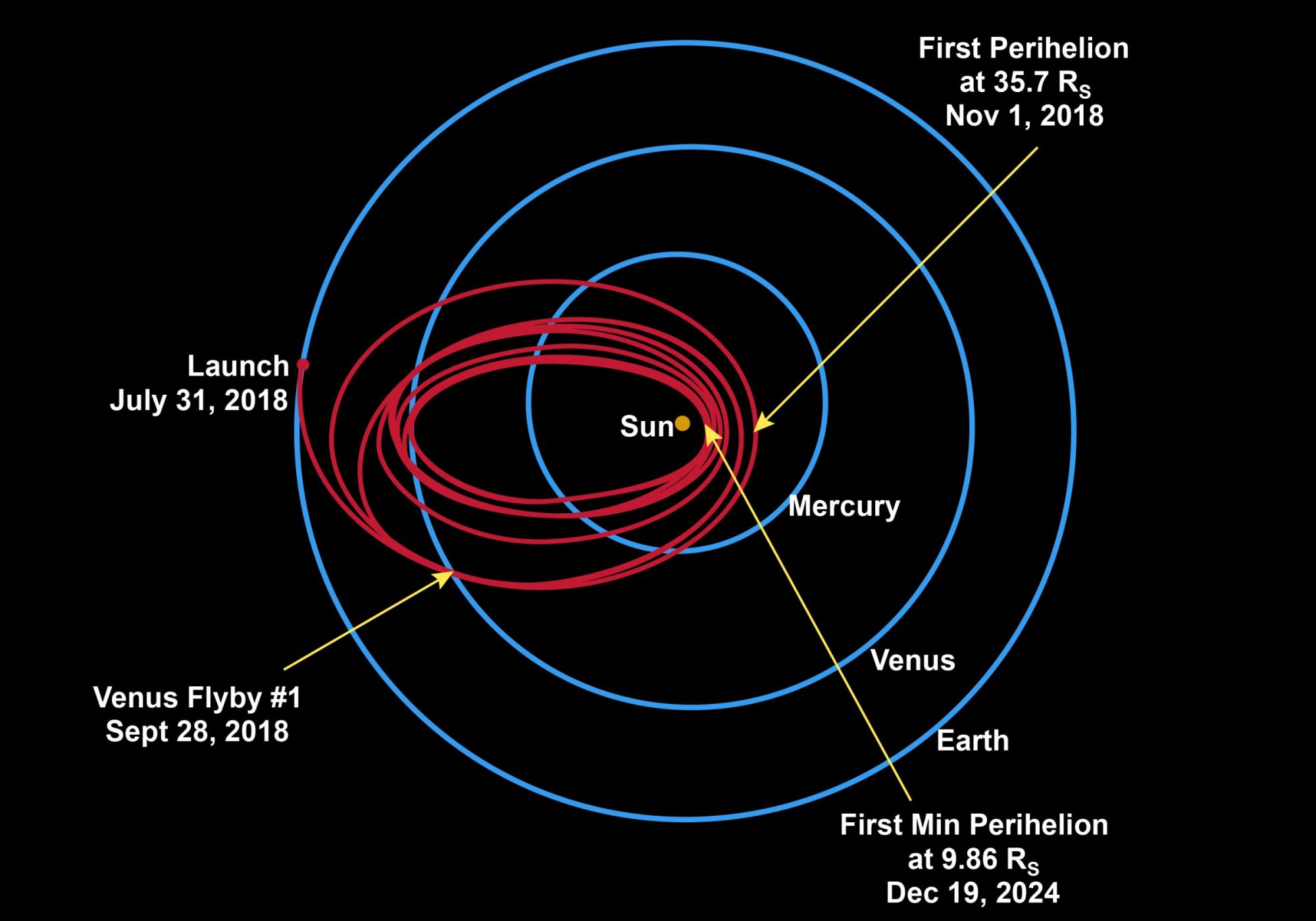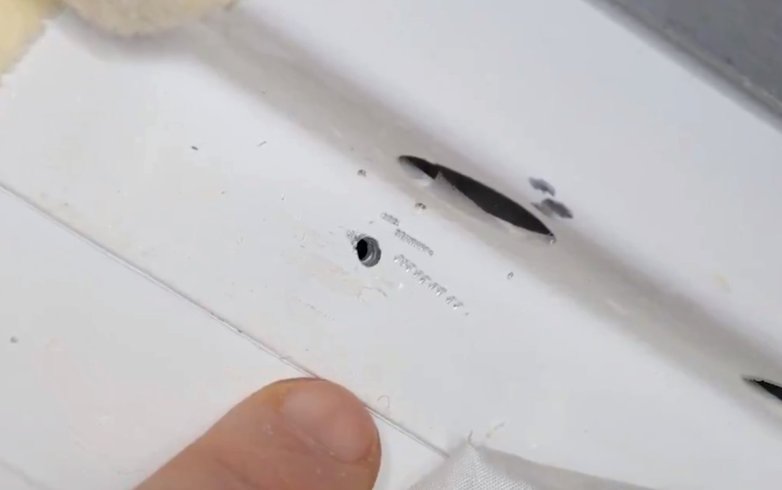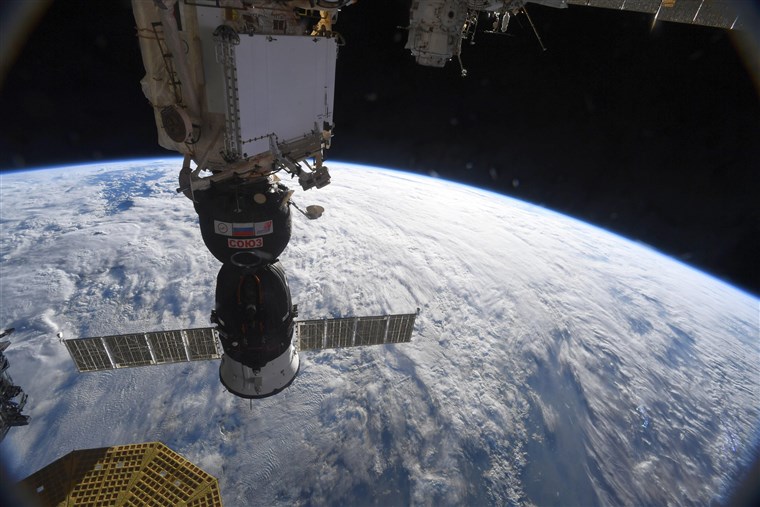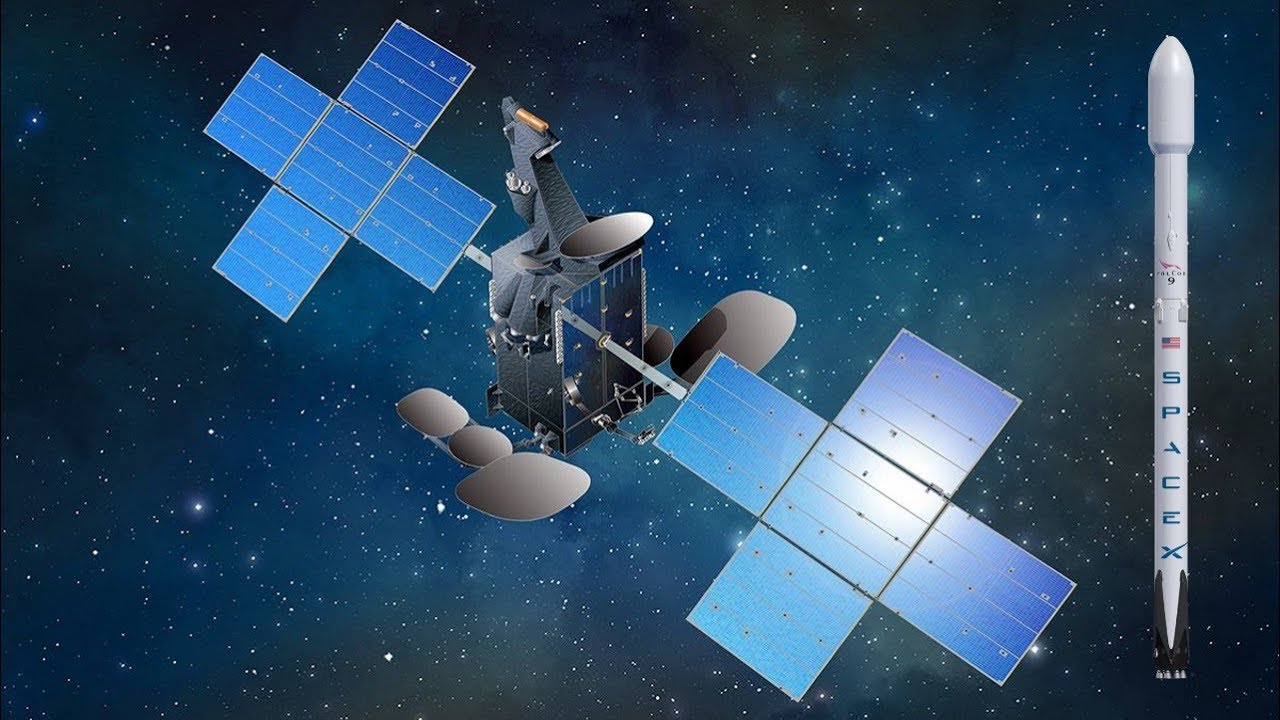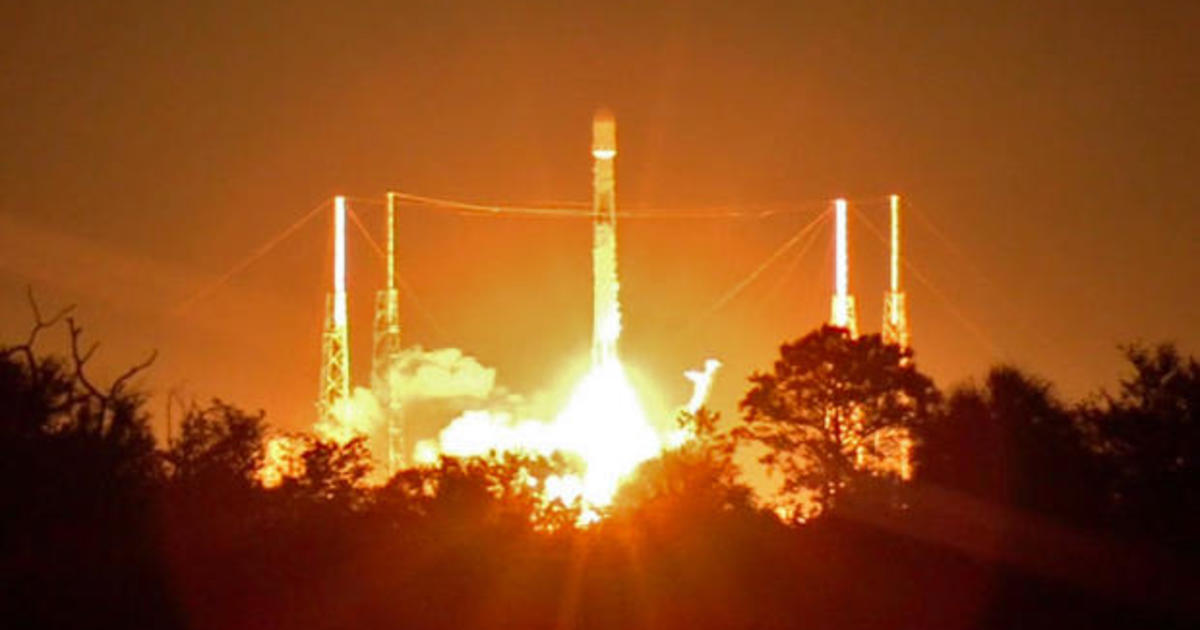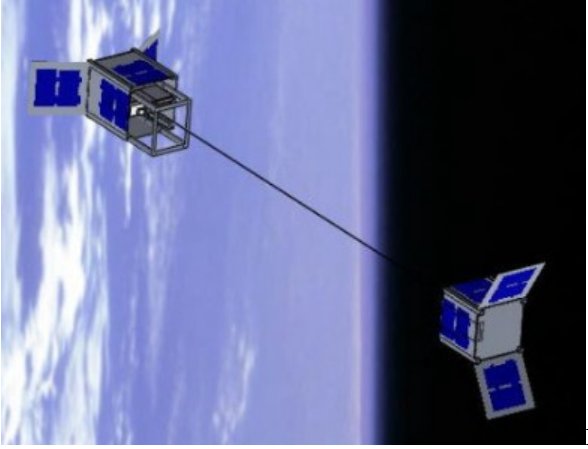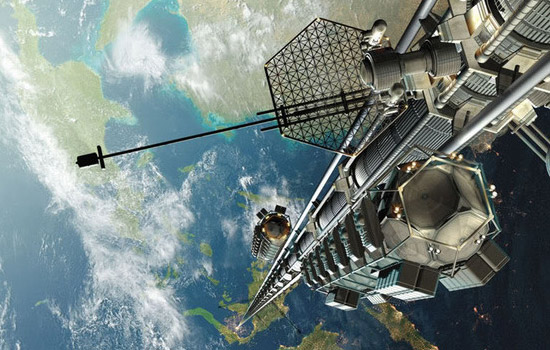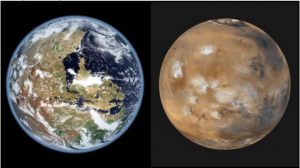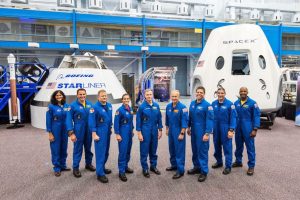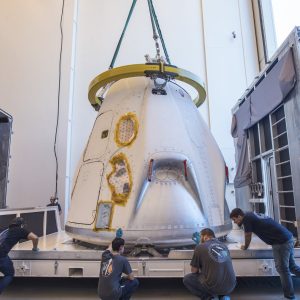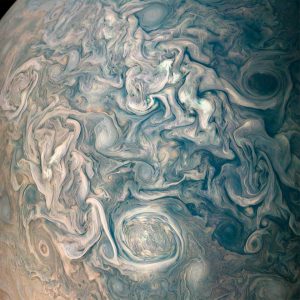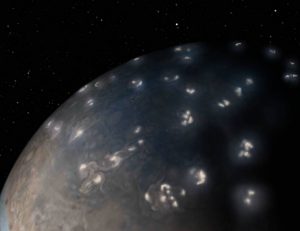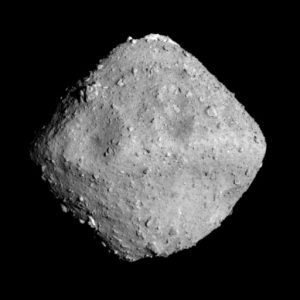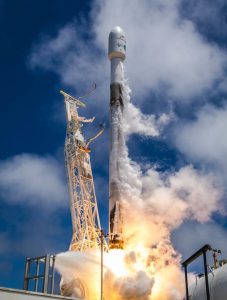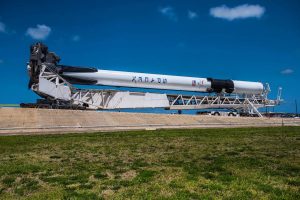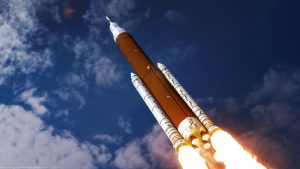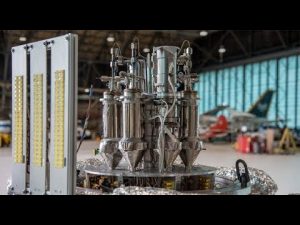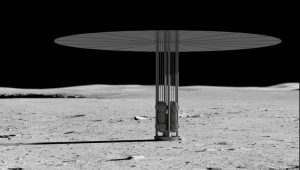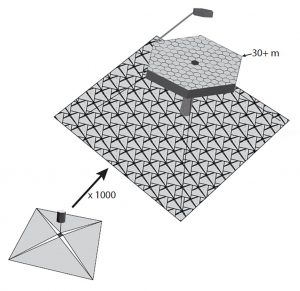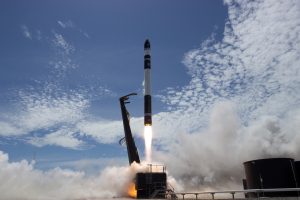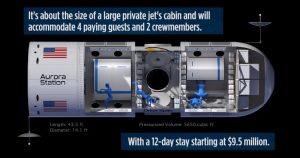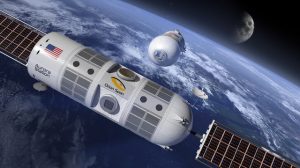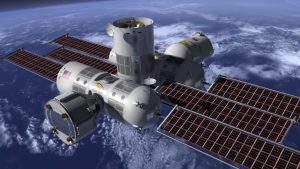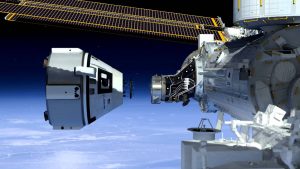There have been several interesting developments is the exploration of space this past month. Most deal with the discoveries made by unmanned probes but one deals with NASA’s Artemis program, the space agency’s plan for returning astronauts to the Moon. I think I’ll start with Artemis.

You’ll recall that in several posts I have mentioned that NASA intends to build a space station called the Lunar Gateway in orbit around the Moon to use as a depot and waystation for lunar exploration. See posts of 30Sept2017, 24Mar2018, 14Oct2018, 31Dec2018, 6Mar2019 and 29May2019. Additionally NASA hopes to use the Gateway as a platform for studying long-term human occupation of deep space, i.e. space outside of Low Earth Orbit (LOE).
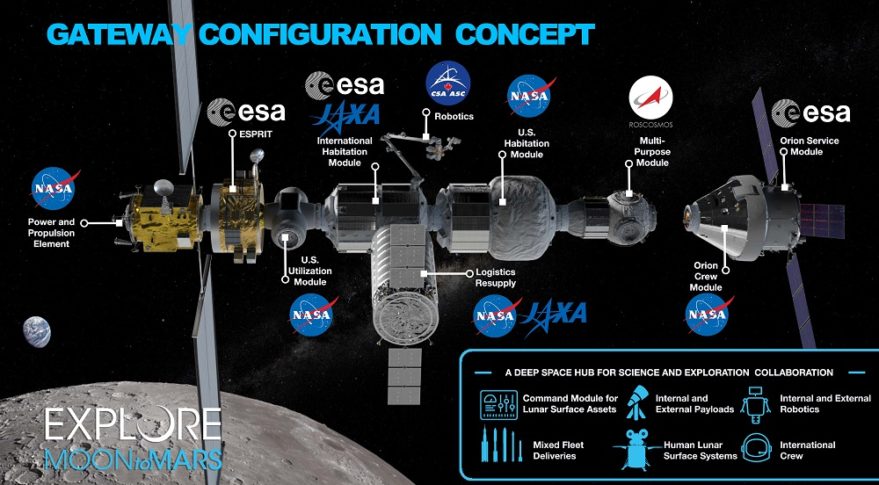
Currently NASA intends to use a mixture of rocket types to construct the Gateway and the proposed Lunar Lander. This plan would include the massive Space Launch System (SLS) still under development as well as Space X’s Falcon Heavy reusable rocket. The use of reusable rockets as much as possible is thought to be essential for a program that is already grossly underfunded.

Well it is starting to appear that some members of congress may not be such big supporters of the Gateway and for once there’s bipartisan agreement. At a recent meeting of the House subcommittee on space both committee chair Oklahoma democrat Kendra Hall and Alabama republican Mo Brooks strongly questioned NASA’s planned use of private rockets at all.
Instead Hall and Brooks want NASA to accelerate the development of the SLS’s ‘Exploration Upper Stage’ (EUS), which is planned to increase the payload that the SLS can deliver to Lunar orbit from 26 to 37 tons. This EUS is a part of NASA’s long term goals for the SLS but it is scarcely beyond the design stage and its development would cost billions and add years to a program that is already well over budget and behind schedule. However the use of the EUS would allow NASA to send a crew directly to the Moon’s surface without the need of a Lunar Gateway. Exactly the way the Apollo program did it back in 1969.
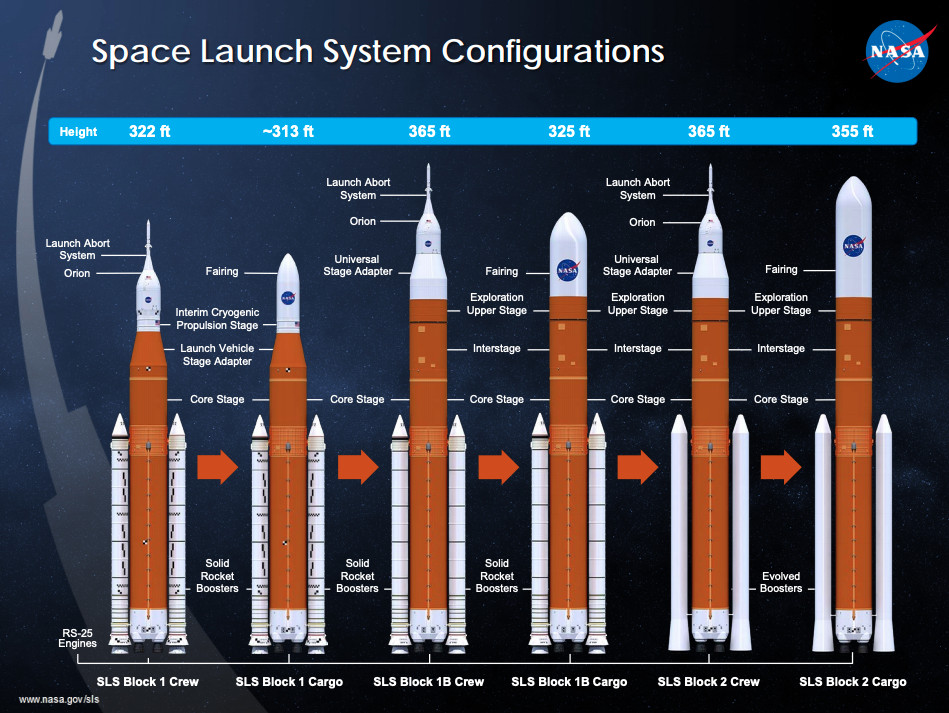
None of this has anything to do with science or engineering or even budget, it’s all about corporate rivalry. You see Boeing is the prime contractor of the current version of the SLS, and would be prime on the development of the EUS. Add to that the fact that Boeing is getting tied of Space X grabbing its market share just because reusable rockets are so much cheaper and you have Boeing trying to use a little political muscle to push Space X out of the Artemis program.
With every bit of news I hear about the Artemis program the more convinced I become that it will achieve nothing except a huge waste of resources. I’m very much afraid that the manned space program will achieve nothing until either the Chinese or perhaps private space companies like Space X are about to land on the Moon. We Americans don’t actually care about exploring space; we just have to be first.
NASA continues to have more success with its unmanned space probes. I suppose that’s because, since they are lower profile than manned missions the agency is allowed to make its decisions based on science and engineering not politics.
One of these successes is the Juno space probe currently studying the planet Jupiter. Recently the spacecraft made its 22nd close approach to the giant planet and was in the right position to take a photo of a very impressive event, an eclipse of the Sun on Jupiter caused by its innermost moon Io. See image below.

Now it turns out that eclipses occur on Jupiter considerably more often than they do here on Earth, after all Jupiter has four large moons all of which are capable of producing eclipses. The eclipses on Jupiter are not as impressive as ours are however because by sheer coincidence the angular size of our Moon and the Sun as seen here on Earth are nearly identical. This means that the Moon just covers the Sun’s disk leaving the entire solar corona visible. See my post of 24August 2017 for the story of my first total eclipse.
On Jupiter however the Sun is about five times further away so it’s angular diameter in Jupiter’s sky is much smaller, only about 0.1º instead of the 0.5º in our sky. That makes the Sun look smaller than any of Jupiter’s four big Moons.
Because it’s the closest, Io looks largest on Jupiter, about as large as our Moon does here on Earth. That means that Io can completely cover not only the Sun’s disk but the entire corona as well. Ganymede and Europa would probably do the same since each of them looks more than two and a half times the diameter of the Sun on Jupiter.
Only Callisto, the farthest of the four from Jupiter, would produce a show similar to that of an Earthly eclipse. Its angular diameter, as seen on Jupiter is only about 40% larger than the Sun’s so under the right conditions a good deal of the corona could probably be seen.
One more interesting fact, since Jupiter has four moons capable of producing eclipses it is quite possible for Jupiter to experience several eclipses, caused by different moons at the same time. I happened to come across an image of Jupiter, taken from Earth in 2009 of three eclipses happening at once! The moons involved are Io, Ganymede and Callisto.

The moon Io is in the news for another reason as well. You may recall that the voyager space probes discovered that Io is the most volcanically active place in the solar system. This is because Io is being constantly pulled not only by huge Jupiter itself but by its three brother moons as well. This tugging and squeezing heats up the moon’s interior, heat that is released through volcanoes.
The largest volcano on Io, and the largest known active volcano in the solar system is called Loki after the Norse god of fire. Planetary scientists have been studying this powerful beast as best they could ever since it was first discovered. According to a paper published back in 2002 with lead author Julie Rathbun, Loki erupts on a regular basis about every 500 days.
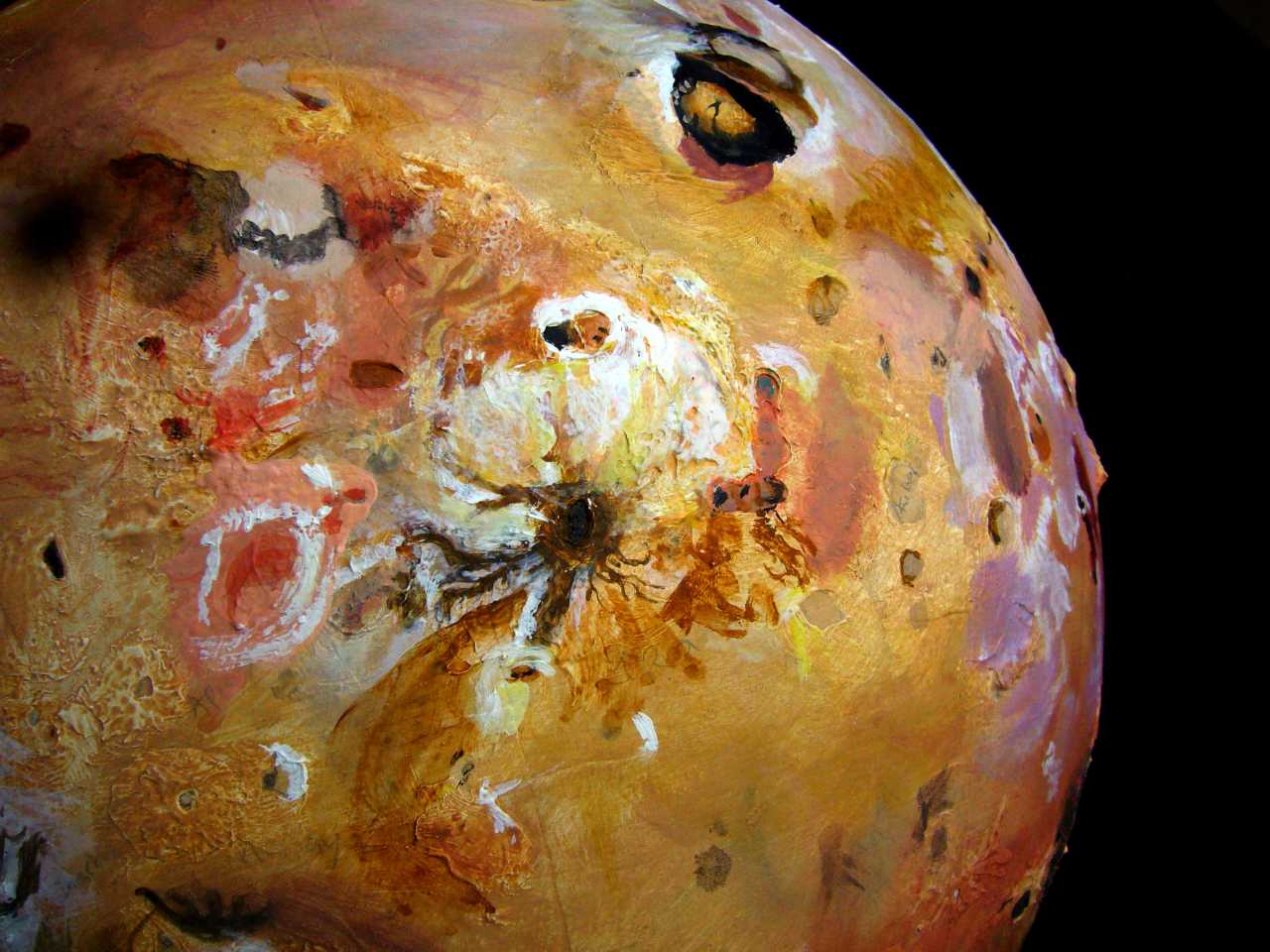
Now Rathbun, who is currently with the Planetary Science Institute, has presented at poster at the current 51st meeting of the Division for Planetary Sciences of the American Astronomical Society. Posters at conferences are a common technique for scientists to announce results of research before a formal paper is written. Doctor Rathbun’s announcement was in fact a prediction that Loki will erupt sometime in the next few days.

Now predicting a volcanic eruption is a very risky business. Volcanologists here on Earth have been trying to find some technique for predicting eruptions for centuries now. Doctor Rathbun is confident however and thanks to her warning both telescopes here on Earth and the Juno space probe should be ready to study the event when, and if it occurs.
Photographing eclipses and predicting eruptions halfway across the solar system, we have come a long way!

